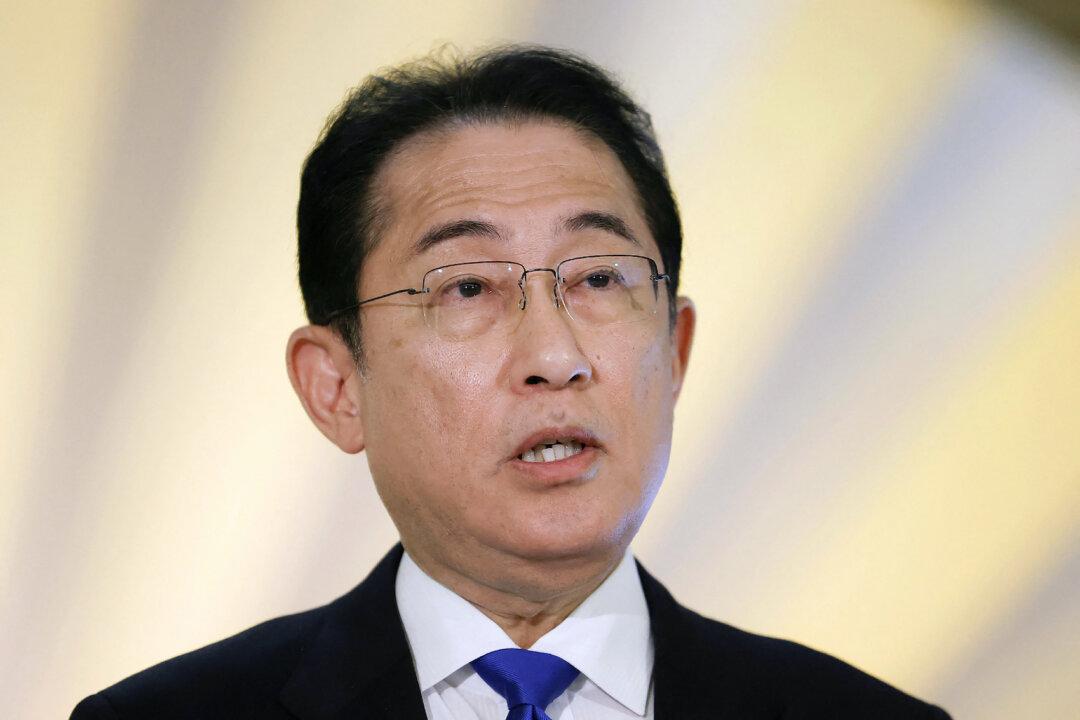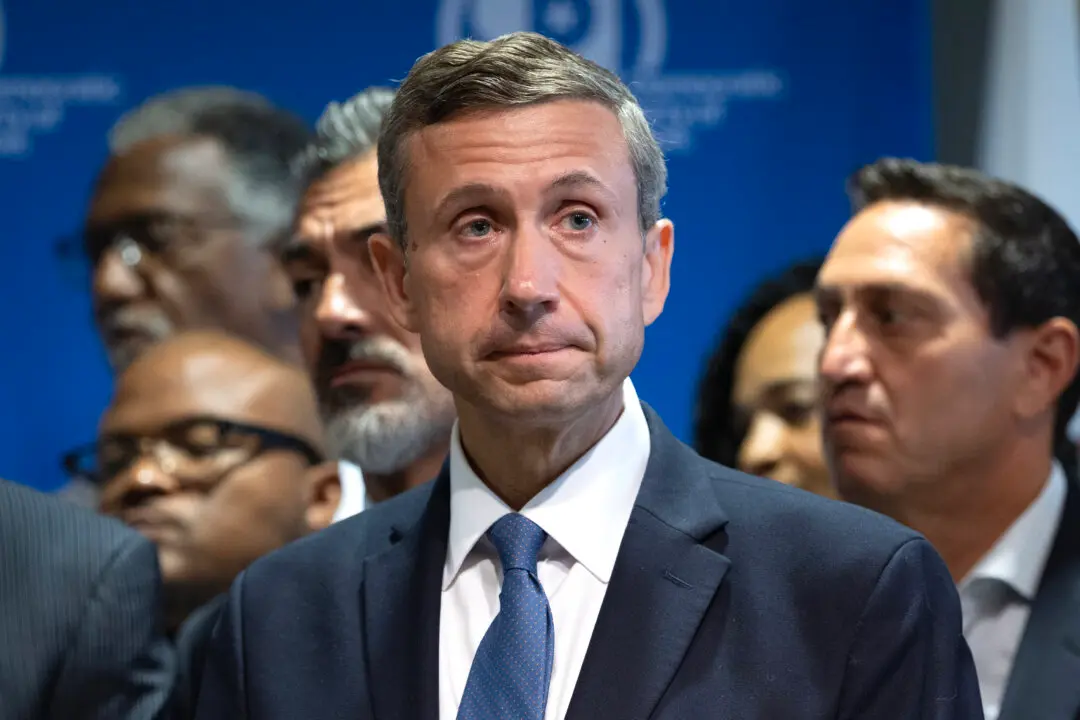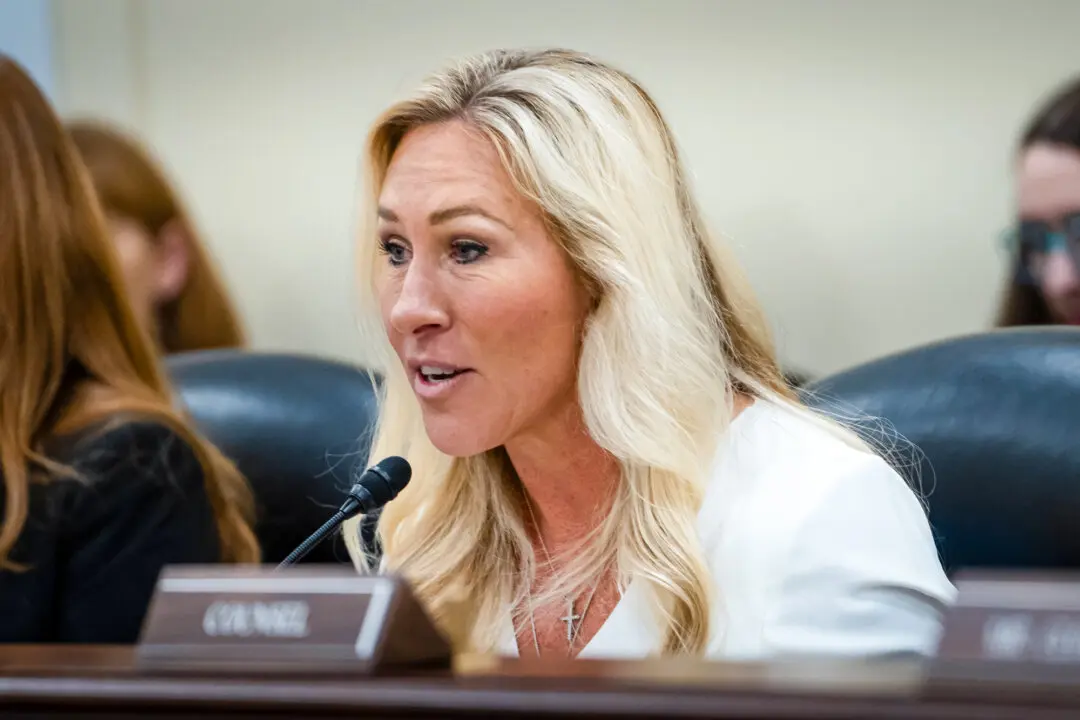Japan’s leader unveiled a plan on June 13 to reverse the country’s falling birth rate, warning that the nation has entered its “last chance” period to address the crisis and avoid facing a “shrinking” society.
“Now is the last chance to reverse the downtrend in childbirth by the 2030s,” Prime Minister Fumio Kishida said at a press conference.





